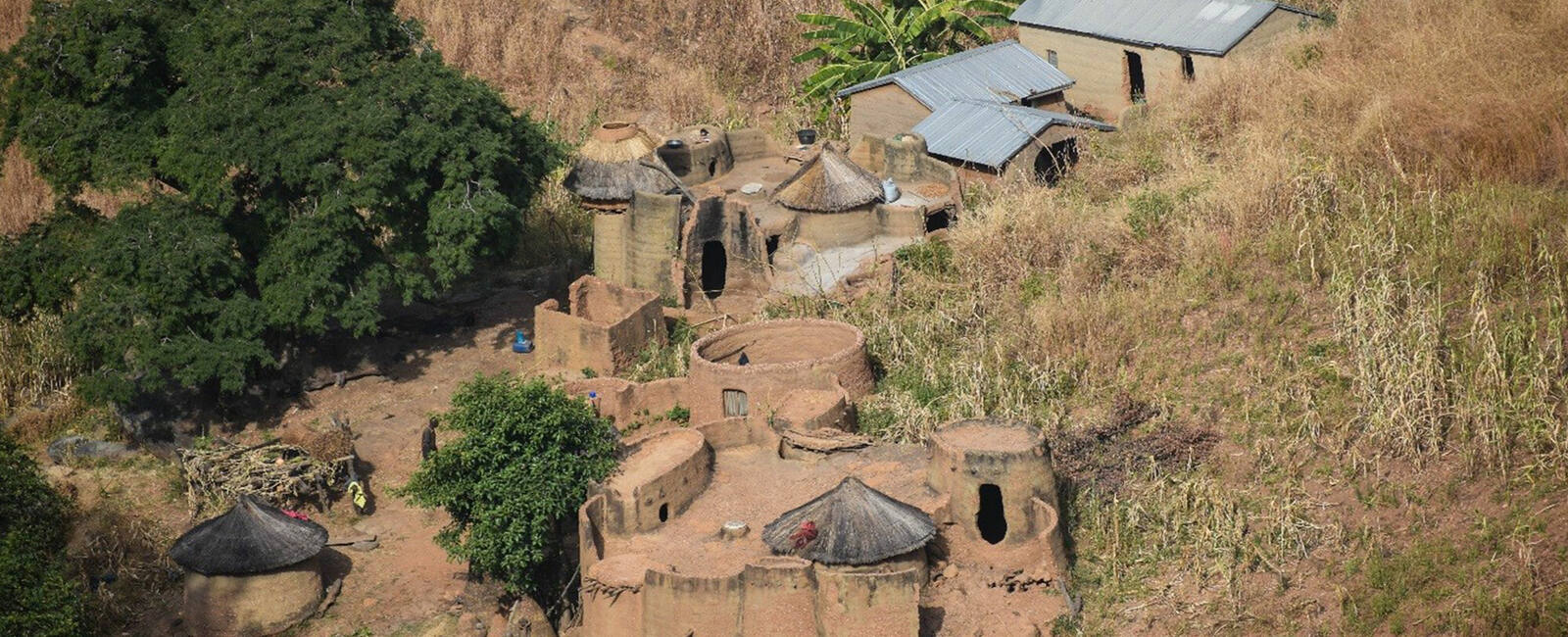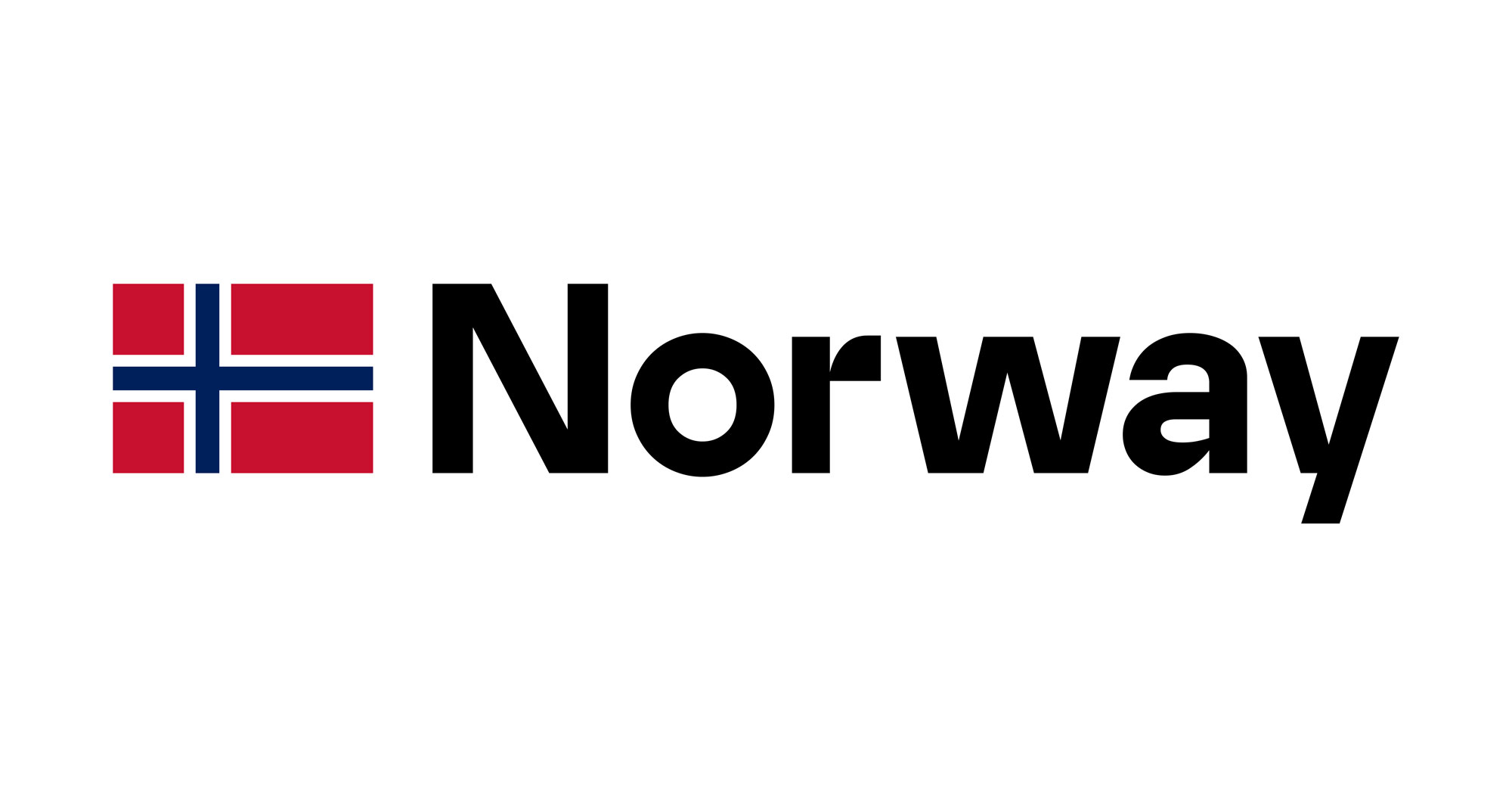Improvement of the conservation of Koutammakou, the Land of the Batammariba
Following the collapse of several Takienta during the rainy season in 2018, an on-site emergency mission was carried out by UNESCO from 19-24 October 2018 to assess the extent of the damages caused.
The mission resulted in the adoption of Decision 43 COM 7B.112 by the World Heritage Committee at its 43rd session (Baku, 2019). The Decision mainly reports issues related to the conservation and management of the site and encourages the State party to undertake an inventory of the Takienta and attributes contributing to the OUV of the site; a definition of its boundaries and an update and validation of its management plan.
Koutammakou, the Land of the Batammariba (Togo) was inscribed on the World Heritage List in 2004. Located in the northeast of Togo, this 50,000-ha cultural landscape is home to the Batammariba people (‘those who shape the earth’) and stands out for its remarkable Takienta, which are mud tower-houses associated with ceremonial spaces. Koutammakou as a living and evolving landscape exhibits all features of an agricultural society working in harmony with the landscape, where nature underpins beliefs, rites and daily life.
Objectives
This project, based on the recommendations of the mission of October 2018 and the Decision 43 COM 7B.112, aims at implementing activities to improve the state of conservation of Koutammakou, the land of the Batamariba. More specifically, it will contribute to the following objectives:
Inventory and mapping of the site (boundaries of the site and its buffer zone, attributes, conservation issues);
Capacity building of the management team and of local communities
Updates and technical support of the validation process for the management plan of the property (including a risk management plan);
Implementation of a methodology for the reconstruction of the Takienta (organisation of a field school and preparation of a manual on construction techniques of the Takienta).
Particular attention will be given to active participation of the authorities (national and local) and to the local communities’ appropriation of the project by means of community engagement, in order to ensure in particular the sustainability of the project, but also the understanding of the dynamic, current issues and challenges of the site and the consistency of the proposed ideas.
Progress made
- Participatory identification of technical partners (international, national and local) with the State party of Togo
- Development and validation of the various technical proposals based on the last Committee’s Decision and on the recommendations of the emergency mission.
- Contracts preparation ongoing with EPA and CRAterre
- A contract with the State Party of Togo is currently being finalized by UNESCO’s Multisectoral Regional Office of Abuja.
- From 17 to 21 August 2020, EPA undertook a preparatory mission to the site aiming at (i) introducing the project to the stakeholders; (ii) mobilizing and raising awareness for the local communities to be involved in the implementation of the project and to; (iii) identify the human and technical resources available for the inventory and mapping of the Takienta and the attributes contributing to the Outstanding Universal Value (OUV) of the property. The mission resulted in meeting various members of the local authorities and communities, including the municipality, conservation service, site management committee and the Batammaboriba women farmers and youth associations, as well as to exchange on the project objectives and expectations regarding the improvement of the conservation of Koutammakou, the Land of the Batammariba. The inventory and mapping of the Takienta and the attributes are planned to be held from 21 to 25 September 2020.
-
From 21 to 25 September 2020, the training workshop on inventory and mapping techniques of the Takienta (mud tower-houses) and attributes contributing to the Outstanding Universal Value (OUV) of Koutammakou, the Land of the Batammariba (Togo) was held in Nadoba (Togo). Organised by the Ecole du Patrimoine Africain (EPA) on the premises of the Service de Conservation et de Promotion du Koutammakou (SCPK), the workshop aimed to build the capacity of community representatives, surveyors and stakeholders in participatory inventory and mapping techniques of the Takienta and attributes contributing to the OUV of the site. It brought together 23 participants (agents from the Service de Conservation et de Promotion du Koutammakou and students in geography, history and linguistics) from the cantons of Nadoba, Warengo, Koutougou and Akpontè, and was moderated by resource persons from EPA, the Direction du Patrimoine Culturel (DPC) of Togo, the SCPK and two consultants recruited by EPA. The workshop enabled participants to exchange on the concepts of World Heritage and cultural heritage, the characteristics of the site and the conservation of the buildings, and the inventory process. The theoretical work was followed by a practical inventory exercise in the field with the mobile application Kobocollecte and the inventory form developed by EPA in collaboration with the World Heritage Centre and CRAterre.
The inventory of the Sikien carried out from 5 October to 24 November 2020 by EPA in close collaboration with the management team contributed to the precision of the site's boundaries. At the end of this exercise, a total of 1727 Sikien were counted. Read the most recent activity report here.
© Zanmassou, August 2020
© Zanmassou, August 2020
© Zanmassou, August 2020
© Zanmassou, August 2020
September 2020
November 2021
From 23 November to 3 December 2021, a "Participatory Workcamp on the Conservation of Sikien" was held in Koutammakou as part of the project. The activity started with an opening ceremony on 23 November 2021 at the Service de conservation et de promotion du Koutammakou (SCPK). The ceremony was attended by thirty-three (33) participants including representatives of UNESCO, the Ecole du Patrimoine Africain (EPA), the Direction du Patrimoine Culturel (DPC), the conservation department of the site and the Centre de la Construction et du Logement de Cacavéli (CCL), as well as members of the local community including representatives of associations, resource persons, tourist guides, masons and sikien owners. It was followed by the official handover of computer equipment by the UNESCO representative to strengthen the capacity of the management team, as well as an awareness-raising session for stakeholders on the state of conservation of the site.
The following days were devoted to the workcamp, which was divided between the three sikien selected for the occasion by the conservation team according to their state of conservation. The selection was made in order to have an overview of several aspects related to the construction and maintenance of the sikien, through the reconstruction of a wall, the construction of a granary and the plastering of walls.
The workcamp was a real opportunity to exchange and share knowledge and know-how between the different actors for what concerns the characteristic architecture of the Batammariba people, but also earthen architecture in a more general way. It also allowed to contribute in a participatory way to complete the "Book of recommendations on the maintenance of sikien" which will be finalised by CRAterre within the framework of the project, and to make an evaluation of the competences of the local actors involved in the construction and the maintenance of sikien which could constitute thereafter a database of reference.
© UNESCO
© EPA
© EPA
© SCPK
© SCPK
Download the report: https://whc.unesco.org/uploads/activities/documents/activity-975-23.pdf
This project contributed to the achievement of the Sustainable Development Goals (SDGs), specifically
- Targets 11.3, 11.4, 11.b and 11.c of SDG 11 (Make cities and human settlements inclusive, safe, resilient and sustainable)
- Targets 13.1, 13.2, 13.3 and 13.b of SDG 13 (Take urgent action to combat climate change and its impacts)
Partners
National: State party of Togo
International: École du patrimoine africain (EPA), CRAterre.
This project is made possible thanks to the financial support of the Norwegian government.
Decisions / Resolutions (1)
The World Heritage Committee,
- Having examined Document WHC/19/43.COM/7B,
- Recognizes the responsiveness of the State Party following the severe weather of 2018 that caused the destruction of several Takienta in requesting the organization of an emergency mission to the site and initiating restoration work on the damaged Takienta;
- Regrets, however, that the State Party did not inform the World Heritage Centre of the destruction of several Takienta during the 2018 rainy season;
- Expresses deep concern at the destruction of several Takienta according to the findings of experts from the World Heritage Centre emergency mission in October 2018, and urges the State Party to provide more details on Takienta restoration measures underway, in particular with regard to the extent of the damage, the state of progress of the work, the actors involved and the financial resources deployed for these activities;
- Notes the existence of management problems related to a lack of human, material and financial resources, as well as insufficient legal and legislative frameworks, and requests the State Party to provide the conservation service of the site with adequate resources and legal and legislative frameworks;
- Also noting that the 2016-2026 Management Plan for the site has not yet been validated by the State Party and therefore is still not in force, also urges the State Party to finalize and validate the Management and Conservation Plan including a risk management plan, by first updating it according to the recommendations made by the experts outlined in the October 2018 emergency mission report, and to submit the revised version for consideration by the World Heritage Centre and the Advisory Bodies;
- Also expresses its concern about the emergence of new forms of construction, including administration facilities, having a negative impact on the Koutammakou cultural landscape, and the phenomena of deforestation and uncontrolled urbanization on the site;
- Also requests the State Party to delineate the perimeter of the property and its buffer zone and submit to the World Heritage Centre an updated map of the property;
- Further requests the State Party to develop an inventory of Takienta and the attributes that contribute to the Outstanding Universal Value (OUV) of the property as a whole, including mapping, and submit them to the World Heritage Centre for consideration by the Advisory Bodies;
- Requests furthermore the State Party to invite a joint World Heritage Centre/ICOMOS/ICCROM Reactive Monitoring mission to the property to assess the state of conservation of the property, as well as the state of reconstruction of the Takienta and the impact of new constructions and alterations to the OUV of the property;
- Finally requests the State Party to submit to the World Heritage Centre, by 1 December 2020, an updated report on the state of conservation of the property and the implementation of the above, for examination by the World Heritage Committee at its 45th session in 2021.

